Antoine Caubriere
Dialogue history integration into end-to-end signal-to-concept spoken language understanding systems
Feb 14, 2020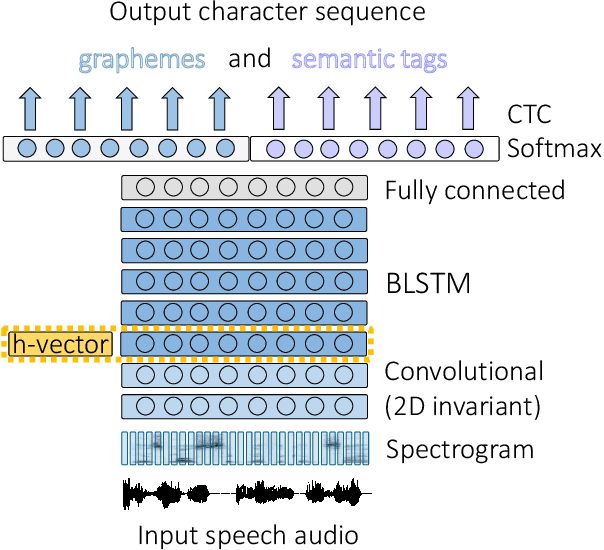
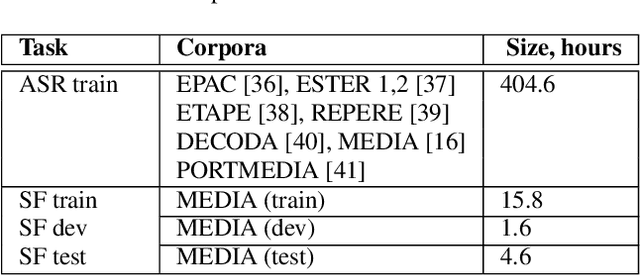


Abstract:This work investigates the embeddings for representing dialog history in spoken language understanding (SLU) systems. We focus on the scenario when the semantic information is extracted directly from the speech signal by means of a single end-to-end neural network model. We proposed to integrate dialogue history into an end-to-end signal-to-concept SLU system. The dialog history is represented in the form of dialog history embedding vectors (so-called h-vectors) and is provided as an additional information to end-to-end SLU models in order to improve the system performance. Three following types of h-vectors are proposed and experimentally evaluated in this paper: (1) supervised-all embeddings predicting bag-of-concepts expected in the answer of the user from the last dialog system response; (2) supervised-freq embeddings focusing on predicting only a selected set of semantic concept (corresponding to the most frequent errors in our experiments); and (3) unsupervised embeddings. Experiments on the MEDIA corpus for the semantic slot filling task demonstrate that the proposed h-vectors improve the model performance.
ON-TRAC Consortium End-to-End Speech Translation Systems for the IWSLT 2019 Shared Task
Oct 30, 2019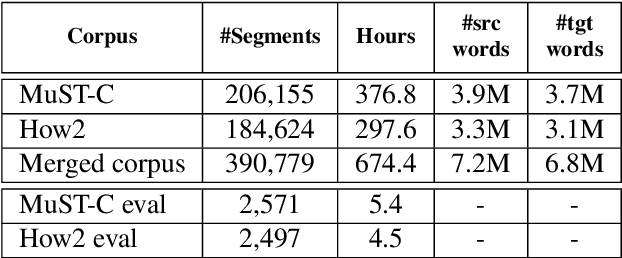
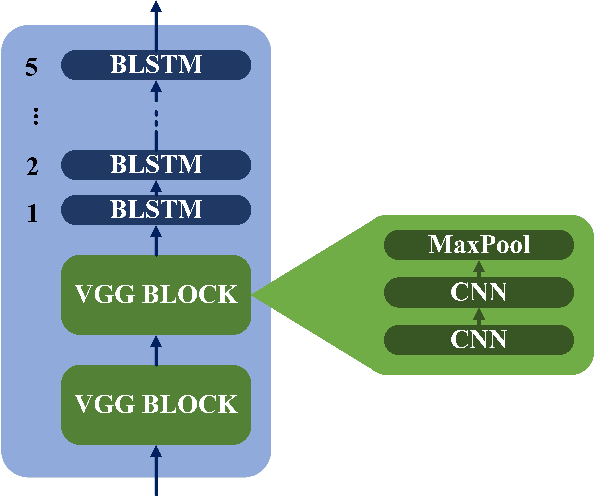

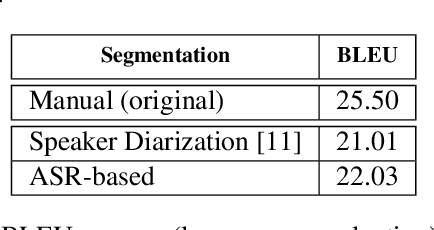
Abstract:This paper describes the ON-TRAC Consortium translation systems developed for the end-to-end model task of IWSLT Evaluation 2019 for the English-to-Portuguese language pair. ON-TRAC Consortium is composed of researchers from three French academic laboratories: LIA (Avignon Universit\'e), LIG (Universit\'e Grenoble Alpes), and LIUM (Le Mans Universit\'e). A single end-to-end model built as a neural encoder-decoder architecture with attention mechanism was used for two primary submissions corresponding to the two EN-PT evaluations sets: (1) TED (MuST-C) and (2) How2. In this paper, we notably investigate impact of pooling heterogeneous corpora for training, impact of target tokenization (characters or BPEs), impact of speech input segmentation and we also compare our best end-to-end model (BLEU of 26.91 on MuST-C and 43.82 on How2 validation sets) to a pipeline (ASR+MT) approach.
Recent Advances in End-to-End Spoken Language Understanding
Sep 29, 2019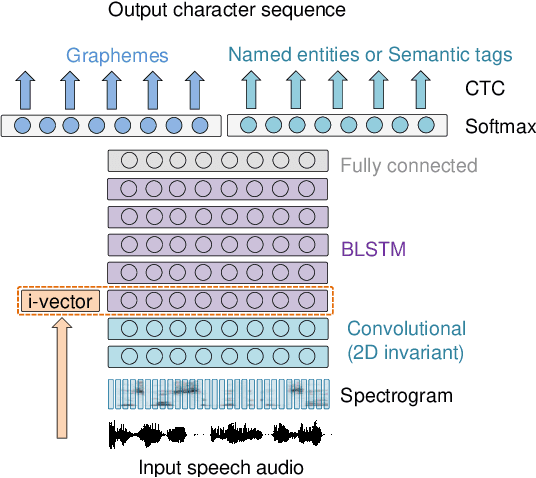
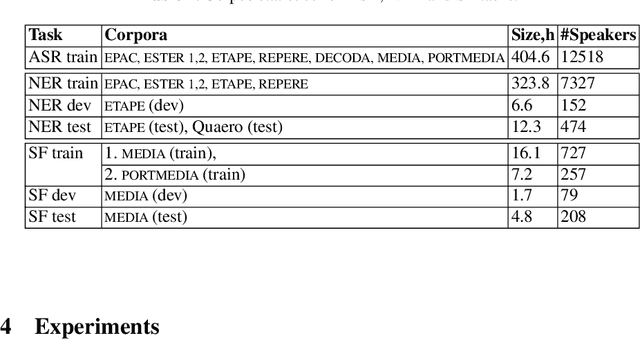

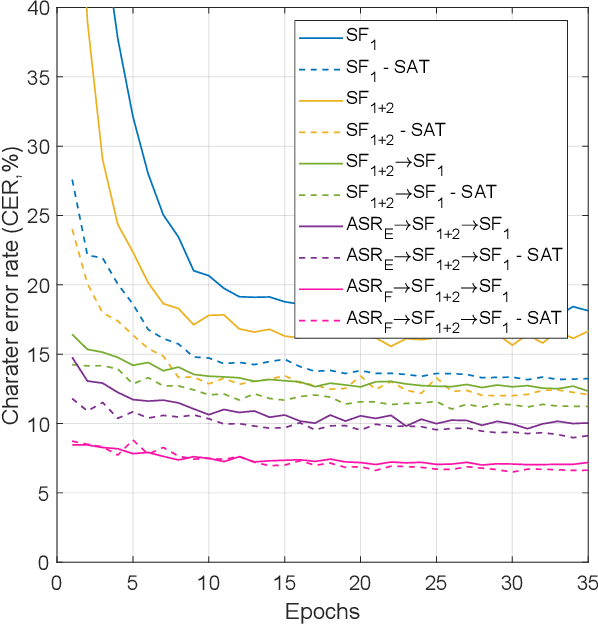
Abstract:This work investigates spoken language understanding (SLU) systems in the scenario when the semantic information is extracted directly from the speech signal by means of a single end-to-end neural network model. Two SLU tasks are considered: named entity recognition (NER) and semantic slot filling (SF). For these tasks, in order to improve the model performance, we explore various techniques including speaker adaptation, a modification of the connectionist temporal classification (CTC) training criterion, and sequential pretraining.
 Add to Chrome
Add to Chrome Add to Firefox
Add to Firefox Add to Edge
Add to Edge